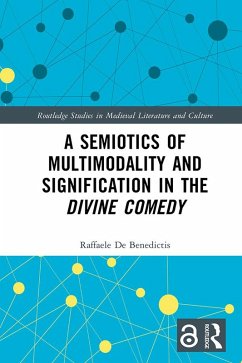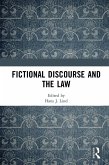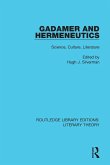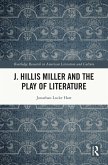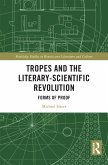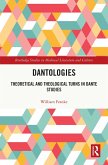A new critical method for the
Divine Comedy which focuses not only on
language-as-writing but also and equally on other discursive modes that the
Divine Comedy authorizes. Multimodality was already present in Dante's time, and the reception of the
Divine Comedy took place multimodally. Thus, a theoretical study of multimodality carried out under the semiotic lens sheds light on
how and
why a mode is more effective than another and/or how they may combine in producing signification and new ontologies warranted by Dante's text. Also, we do not yet have a critical theory that allows us to understand the function of multimodality for the creation of new forms of signification and of clarifying the ontological boundaries set forth by different modalities. It is a new and original study which contributes to the advancement of Dante Studies, Literary Criticism (with a focus on literary semiotics), Multimedia/Multiliteracy, philosophy of language, communication, and education.
Chapters 1, 2, and 5 of this book are freely available as a downloadable Open Access PDF at http://www.taylorfrancis.com under a Creative Commons Attribution-Non Commercial-No Derivatives (CC-BY-NC-ND) 4.0 license. .
Dieser Download kann aus rechtlichen Gründen nur mit Rechnungsadresse in A, B, BG, CY, CZ, D, DK, EW, E, FIN, F, GR, HR, H, IRL, I, LT, L, LR, M, NL, PL, P, R, S, SLO, SK ausgeliefert werden.

